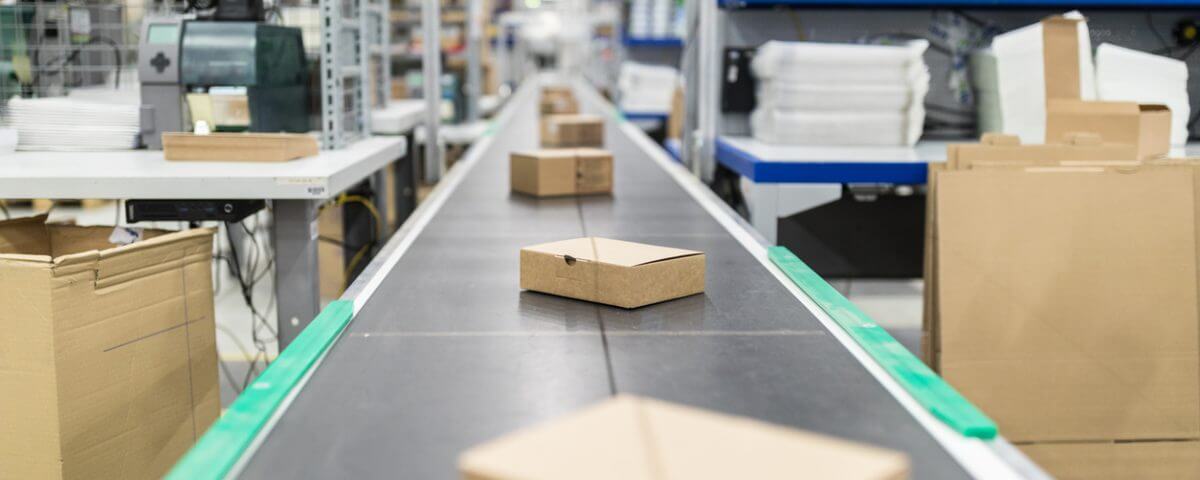
When to Disassemble an Item for International Shipping
February 20, 2018
Methods for Shipping a Motorcycle
February 26, 2018What Does “Floating” an Item Mean in Shipping?

 You’ve read a few blogs about how to pack your item for international shipping. Yet there’s one thing you’re unsure about. What does it mean to “float” an item when you pack it? Does it mean we’re just going to put it on the ocean and hope it gets to its destination? Of course not. “Floating” refers to a way of packing a fragile or valuable item so that it avoids becoming damaged.
You’ve read a few blogs about how to pack your item for international shipping. Yet there’s one thing you’re unsure about. What does it mean to “float” an item when you pack it? Does it mean we’re just going to put it on the ocean and hope it gets to its destination? Of course not. “Floating” refers to a way of packing a fragile or valuable item so that it avoids becoming damaged.
Avoiding Damage in Shipping
Any international shipping in the world, by any means, will have a few bumps. Packages, pallets, and crates get handled. There are pot holes in the road that are unavoidable. Airplanes cut through a bit of turbulence now and then. Trains jerk to a start and stop. Ships crest and fall over waves.
It’s a wonder anything gets anywhere in one piece, and much of this is due to smart packing and smart use of technology. Advanced suspensions on all kinds of vehicles, including air cushions on some trucks, treat cargo kindly by absorbing bumps so that those jolts aren’t transferred to cargo. Cargo is stored in such a way so that bumps and shakes are minimized in cargo areas.
As we said, the other piece to this is smart packing. Let’s take the most obvious example: an extremely fragile vase. How do you pack it so that it doesn’t get cracked en route? You float it.
What Does Floating Mean?
Floating means to pack it on all sides so that it’s suspended in packing material. This means that front, back, left, right, up, and down are all met by packing material. No surface of the vase comes in contact with the package or crate in which it’s packed. If a truck hits a serious pot hole, no worry – you’ve packed smartly.
The vase might feel that jolt, but any direction it wants to move, it meets padding instead of a hard surface. The padding both absorbs the energy of a bump, and absorbs the energy of the vase wanting to shift. Because it’s suspended in packing material, the vase stays intact and remains floating.
To add a further layer of protection, you can even float the original package in another package or crate. This means that the energy of the bump is absorbed in the larger box’s packing before any of it even moves to the inner box. Whatever’s left over is absorbed by the inner box’s packing – to the point that almost none of that energy makes it to the vase itself.
In this way, floating helps in avoiding damage from shipping. It protects fragile and valuable objects. You can rely on the suspension of a truck, the design of a cargo space, and floating your shipped item to all absorb the energy of a bump or jostle. That’s multiple layers of strong, smart protection that helps you avoid damage in shipping.
